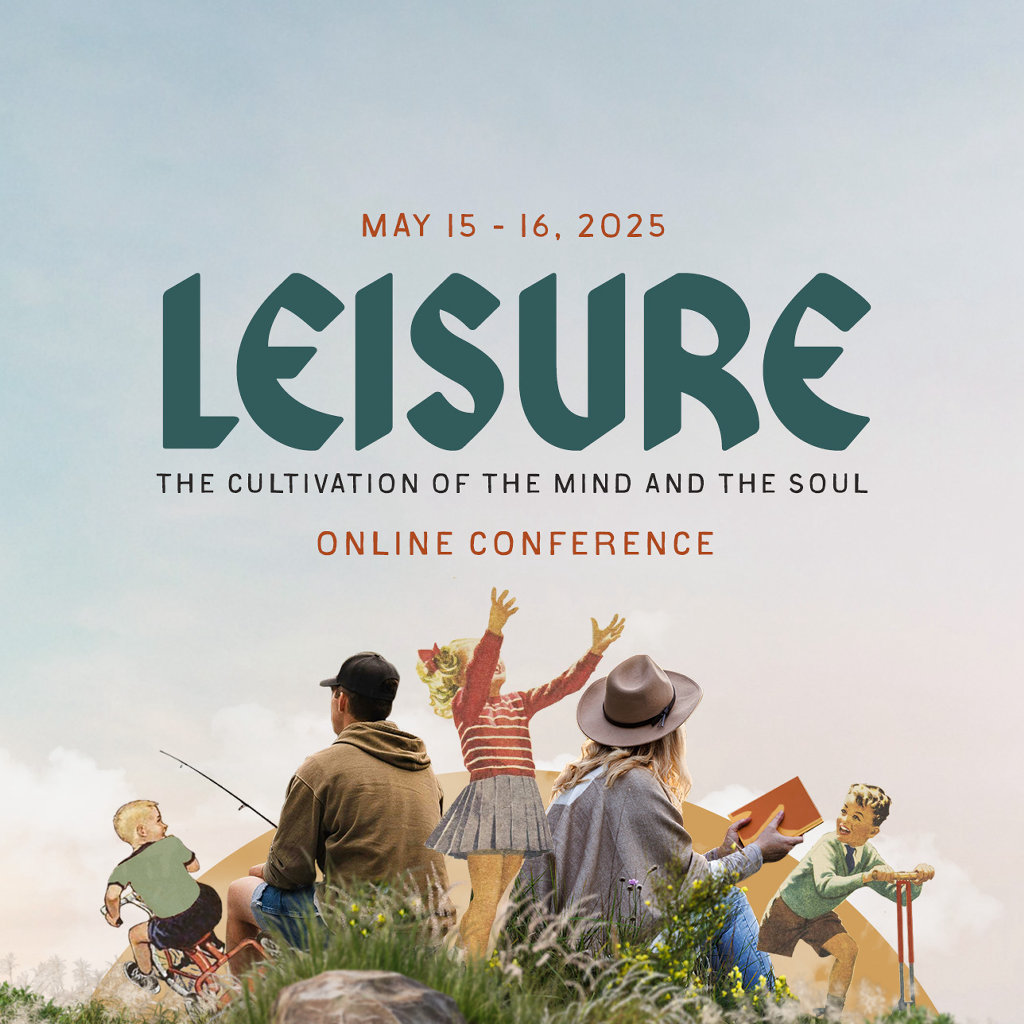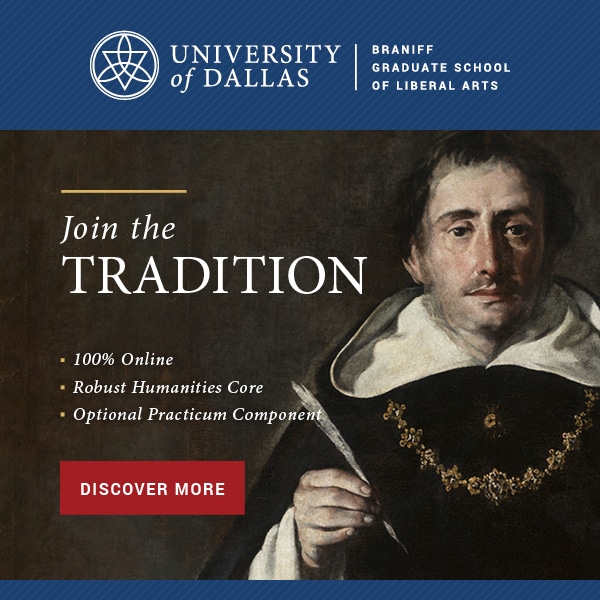The Beauty of Illiteracy

Many teachers find themselves in a classroom full of first-time students bursting with curiosity and excitement. In this early education classroom, it is likely that the young students are illiterate. While this is a challenge in many ways, it creates a particularly interesting and rich teaching dynamic that reflects ancient strategies used to communicate with the illiterate.
Kindergarten teachers know firsthand how impactful illiteracy is on general teaching practices. For example, a teacher of young students cannot simply write directions on the board or pass out a worksheet and tell them to read through it and get started. Instead, this teacher needs to capitalize on particular techniques in order to be able to effectively give directions to her students. Her directions may sound something like this: “Okay everyone. We have three steps for our craft today. We’re going to color, cut, and glue. What are the steps?” “Color, cut, and glue!” The students will parrot back to their teacher. As they repeat these steps aloud, she may even put laminated visuals of each step on the board in order, with a picture of a box of crayons representing coloring, and so on. She will even point to the scissors and ask, “And how do we cut? Open wide and shut them tight.” Without being prompted the students will repeat with the practiced rhythm, “Open wide and shut them tight.”
Teachers who teach students before they learn to read are forced to direct their class both orally and visually, more so than classrooms full of readers. To help students remember their directions, stories, or lessons, the teacher will use key strategies that include but are not limited to repetition, songs, chants, rhymes, and vivid descriptions. After a while, these kinds of directions become second nature, creating a pattern of communication that becomes habitual and unnoticed. But whether they realize it or not, these teachers are practicing and embodying some of the oldest traditions of oral culture. In this way, classrooms with nonreaders are intimate, modern oral cultures and demand certain techniques and strategies. With this dynamic at play, these classrooms display a beauty that often gets overlooked in older classrooms where students have transitioned to reading to learn. Beyond this, though, early education classrooms hold a deep lesson to be learned about God and the way He teaches us.
Ancient stories hold proof of the many mnemonic devices used to pass along stories from generation to generation as they were told aloud over and over again. Consider the descriptive and repetitive phrases found in the beginning lines of the first few books of The Odyssey: “Now when the child of morning, Rosy-fingered Dawn, appeared…” (Book II); “As the sun was rising from the fair sea into the firmament of heaven…” (Book III); “Now when the sun had set and darkness was over the land…” (Book IV). “And now, as Dawn rose from her couch…” (Book V). These opening lines use the repetitive strategy of vividly describing the sun creating a visual and oral cue that marks a new section of the story, making it both more memorable and easier to understand when told aloud. In fact, later, in Book VIII Homer repeats the line from Book II word for word. In doing so, he cues his audience to recall the story’s genesis and apply it to their understanding of this new section. In addition, these repeated phrases hold beautiful descriptions and mimic the repetition and rhythm of the passing days. While these same strategies are adopted by some teachers to be able to effectively communicate and teach to their non-reading students, they hold a deeper truth to offer us about God, Himself.
Education is a journey toward the discovery and understanding of truth. Truth is accessible to us in a variety of ways. When we learn to read, we are able to work through impactful texts and gain new knowledge of the world around us. Most importantly, reading allows us to engage with Scripture itself so we can draw closer to Him. But this is not where God stops. God has other means that allow us to know Him. God uses beauty. While we have become a reading people and can access His truth through Hebrew narrative, psalms and the gospels, God recognizes that part of us will always remain illiterate. There are pieces of Him that can never be described in words. It is through beauty that He continues His pursuit of us.
“Beauty arouses belief in God. Faith is a gift from God, but God is a God of means. He uses what is beautiful to quicken still hearts. Blaise Pascal wrote, ‘Every man is almost always led to believe not through proof, but through that which is attractive.’ This is what happens when people stand on the North Rim of the Grand Canyon and are moved to worship, even if they don’t know why. God uses beauty to woo and warm hearts.” (Ramsay, 13)
He is still teaching us and uses the strategies that are also employed in ancient storytelling. Our illiteracy is evident in the way He uses them in nature. First, there is repetition all around us. The rising and setting of the sun. The cycle of the seasons. Again and again God changes the green of the leaves to red, orange, yellow, then to brown and fallen, until they spring forth with verdant energy once more. Second, God calls on the vibrance and detail of beauty to make deep and lasting memories in us. He gives us the breadth of waves, the depth of canyons, and the height of redwoods to engage us in His glory. He paints powerful pictures on the wing of a butterfly, or in a field of wildflowers. Colors explode before our eyes, creating an intensity that lasts even when we are removed from the scene. He was not satisfied with a hundred stars; He made them innumerable. Have you ever had enough? We always want more. His beauty moves beyond what we think we already know, and what we can read, and whispers to us that there is more. Ingrid Goff-Maidoff said it best in her poem “What Holds Us.” She wrote:
God spoke today in flowers,
and I, who was waiting on words,
almost missed the conversation.
Though we are knowledgeable and literate people, so many of us remain illiterate, and we need to see the way he uses beauty to speak to us. Because of this, there is beauty in our illiteracy.
References
Homer, and Samuel Butler. The Odyssey. Barnes & Noble, 1993.
Ramsey, Russ. Rembrandt is in the Wind. Zondervan Reflective, 2022.
Colleen Dong
Colleen has been a faculty member at The Cambridge School in San Diego since 2011. She has a Master's in Rhetoric and taught Kindergarten for several years. She is currently the Assistant Grammar School Principal.









1 thought on “The Beauty of Illiteracy”
My heart and brain are on fire after reading this. The absolute life I’m getting from the connections! Thank you so much for sharing this and look forward to reading more submissions from you.